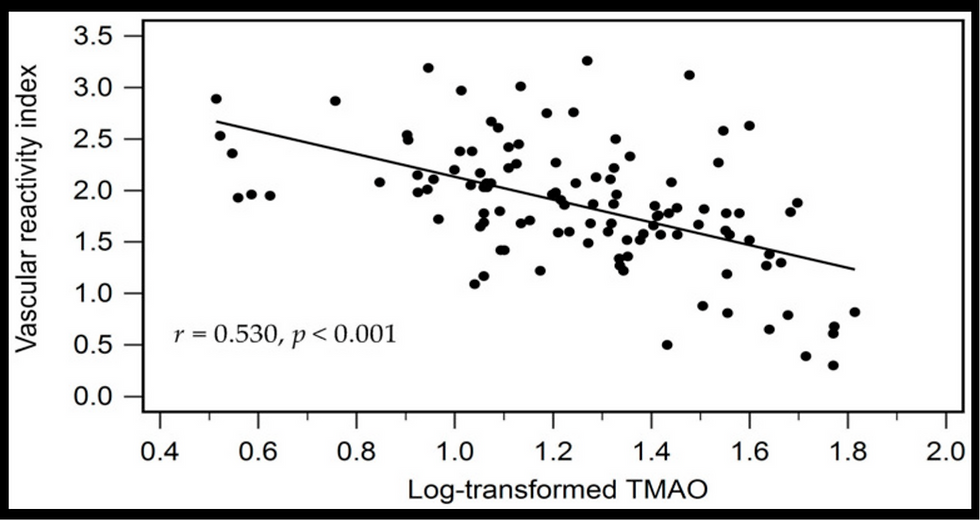Concomitant insulin resistance and impaired vascular function is associated with increased CAC
- heartlung
- Jan 9, 2023
- 1 min read
Naser Ahmadi, Sumithra Tirunagaram, Fereshteh Hajsadeghi, Ferdinand Flores, Anila Saeed, Harvey Hecht, Morteza Naghavi, Matthew Budoff
Int J Cardiol 2010 Sep 24;144(1):163-5.
Abstract
Background: Digital Thermal Monitoring (DTM) of vascular function has been shown to correlate well with the Framingham risk score (FRS) and coronary artery calcium (CAC) score. This study investigates whether vascular dysfunction measured by DTM is associated with insulin resistance (IR).
Methods: 326 consecutive asymptomatic subjects (age 55±10 years, 73% male), without CAD, diabetes or NCEP defined metabolic syndrome, underwent DTM, CAC and IR calculation. DTM measurements were obtained during and after a 5-minute supra systolic arm-cuff occlusion. Post cuff-deflation temperature rebound (TR) and AUC (area under the temperature curve) were measured and correlated with IR defined by the ratio of triglyceride to HDL≥3.8.
Results: There was no significant difference between patients with and without IR in Lipoprotein (a), C-reactive protein and homocysteine (p>0.05). TR decreased from the normal cohort (1.68±0.25) to IR (1.07±0.18) to CAC≥100 (0.94±0.21) to FRS≥20% (0.77±0.21) to IR & CAC≥100 (0.68±0.16) (p=0.001). After adjustment for age, gender and traditional cardiac risk factors, the odds ratio of reduced TR and CAC≥100 was 2.46, and 2.10 in IR compared to those without IR.
Conclusion: 1) Vascular dysfunction measured by DTM is strongly associated with IR. 2) IR Patients with concomitant high FRS and or high CAC exhibit severe vascular dysfunction.
Keywords: Digital thermal monitoring, Framingham risk score, Insulin resistance
Read Full Text: https://www.internationaljournalofcardiology.com/article/S0167-5273(08)01583-0/fulltext
![Lipoprotein(a) levels predict endothelial dysfunction in maintenance hemodialysis patients: evidence from [VENDYS] vascular reactivity index assessment](https://static.wixstatic.com/media/dac531_5285607cc591409a9d83746f042af7c6~mv2.png/v1/fill/w_980,h_980,al_c,q_90,usm_0.66_1.00_0.01,enc_avif,quality_auto/dac531_5285607cc591409a9d83746f042af7c6~mv2.png)


Comments